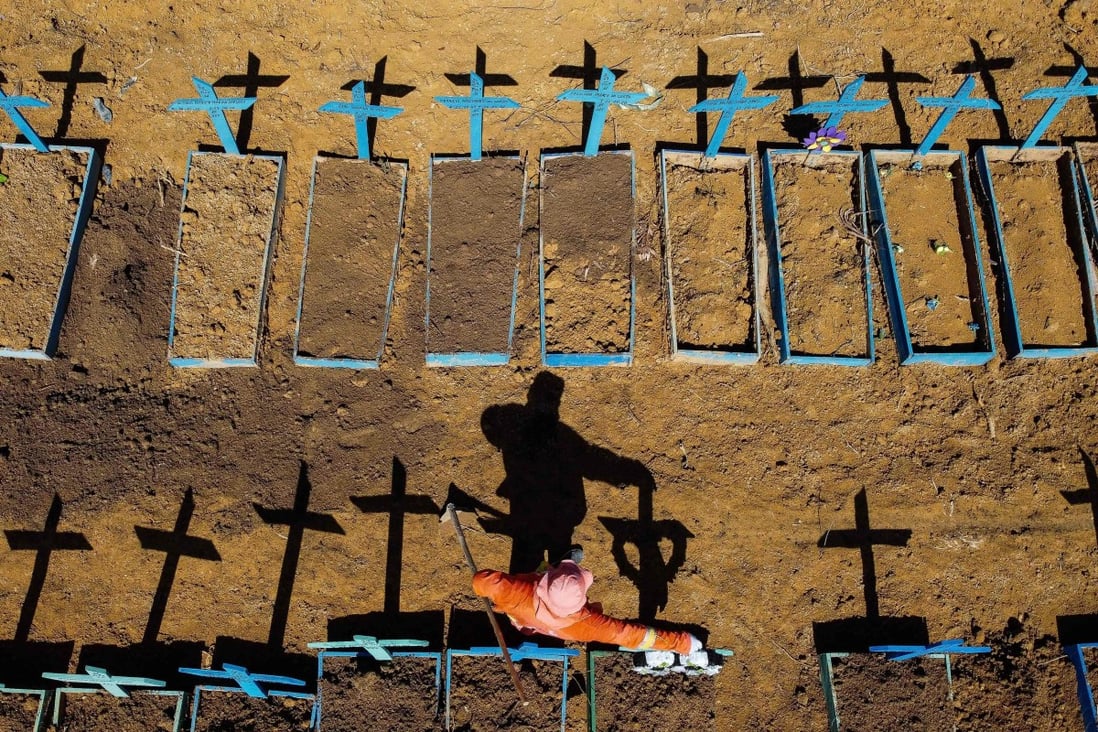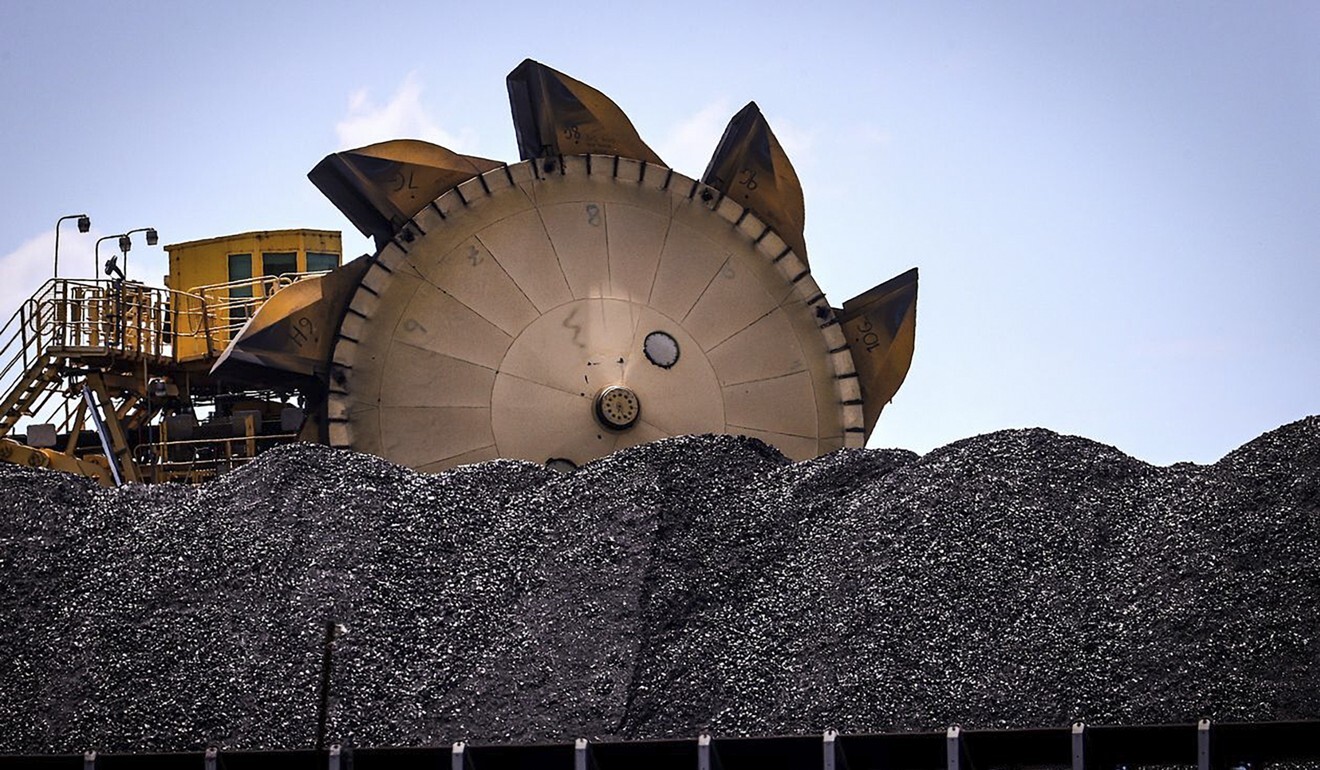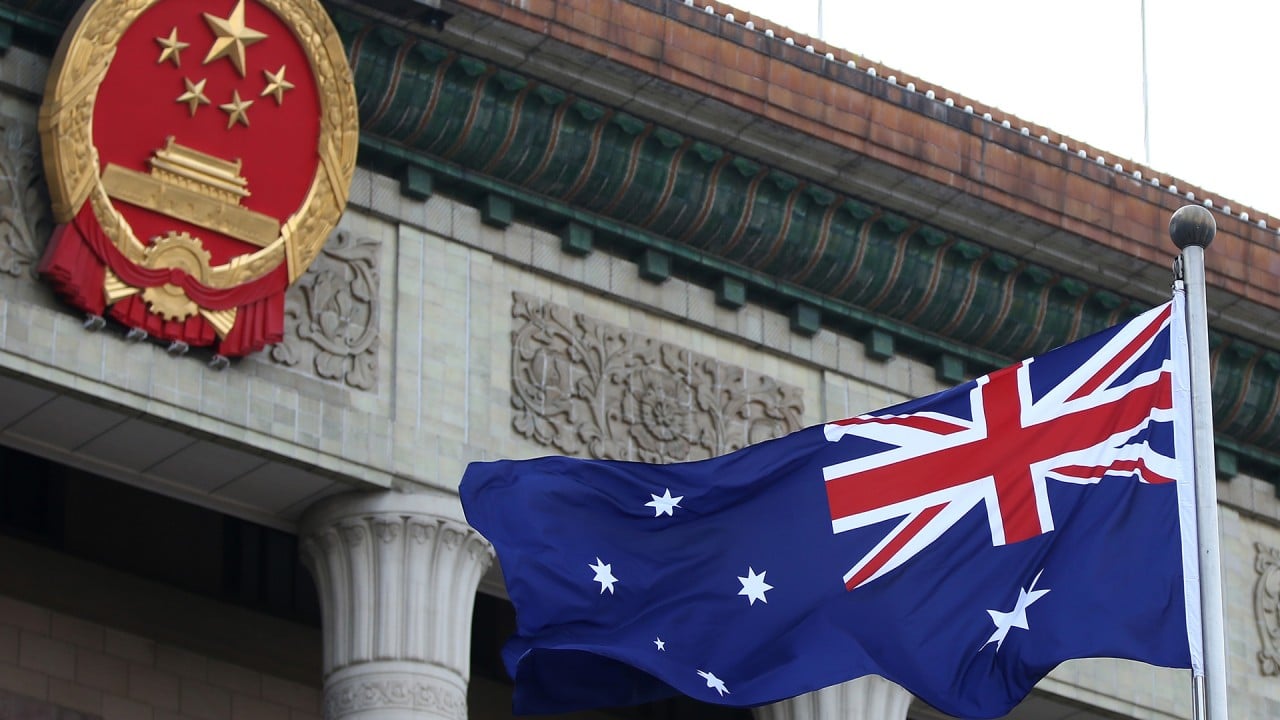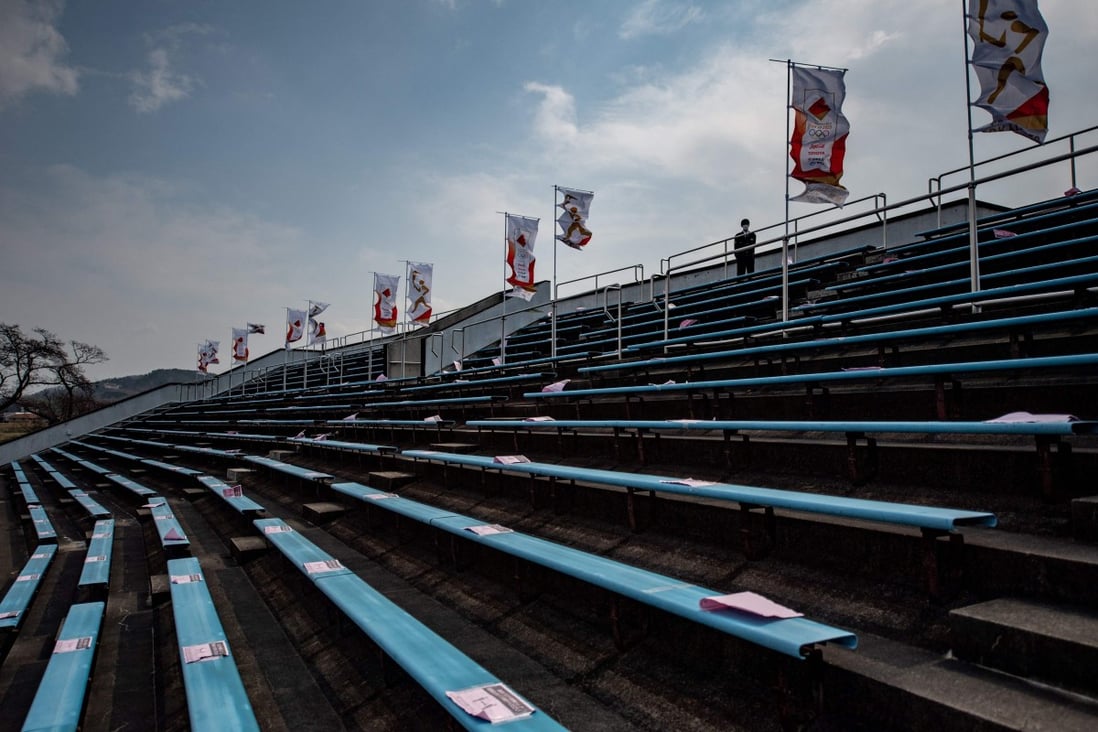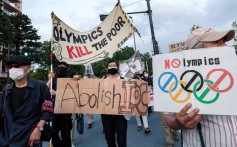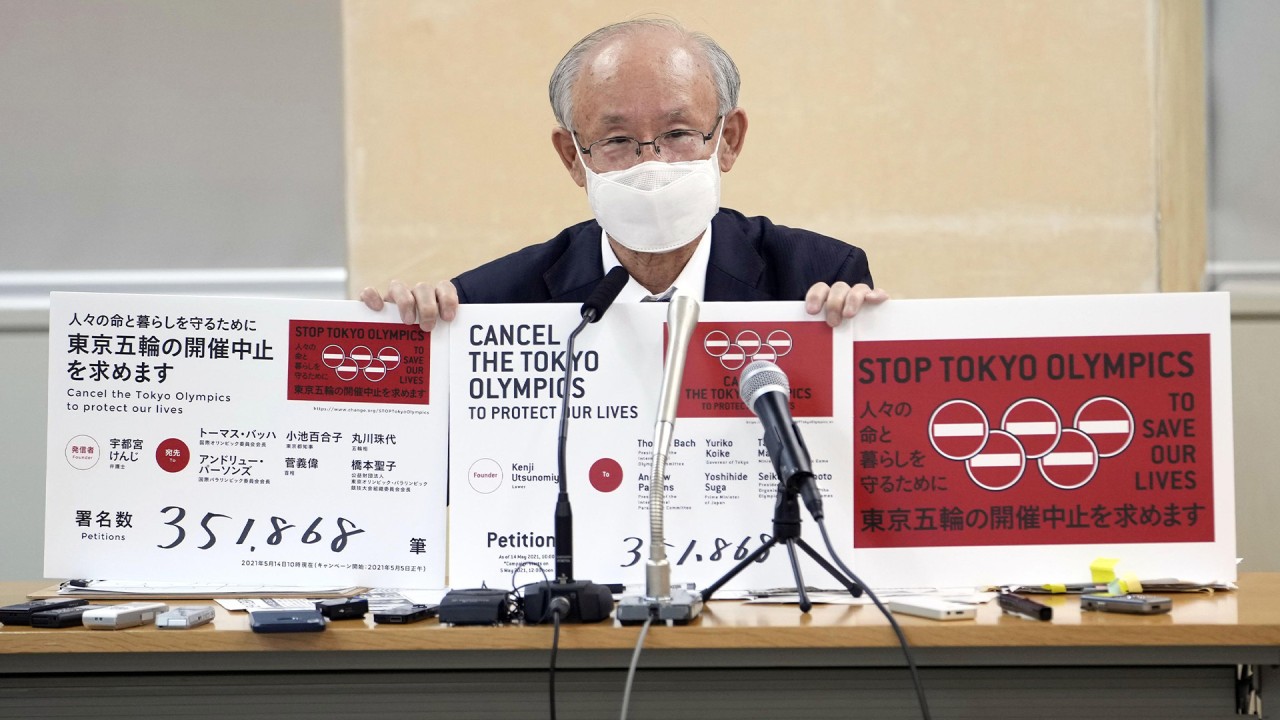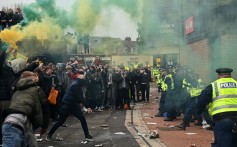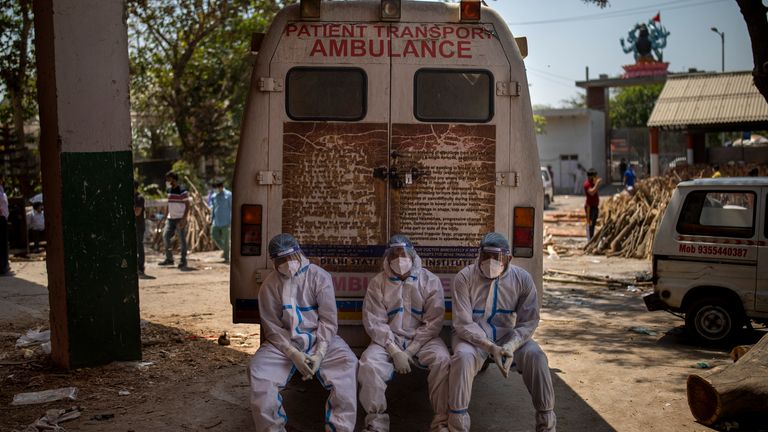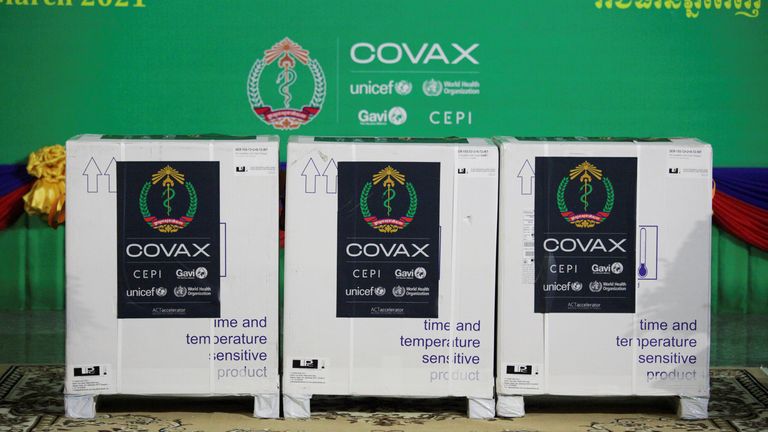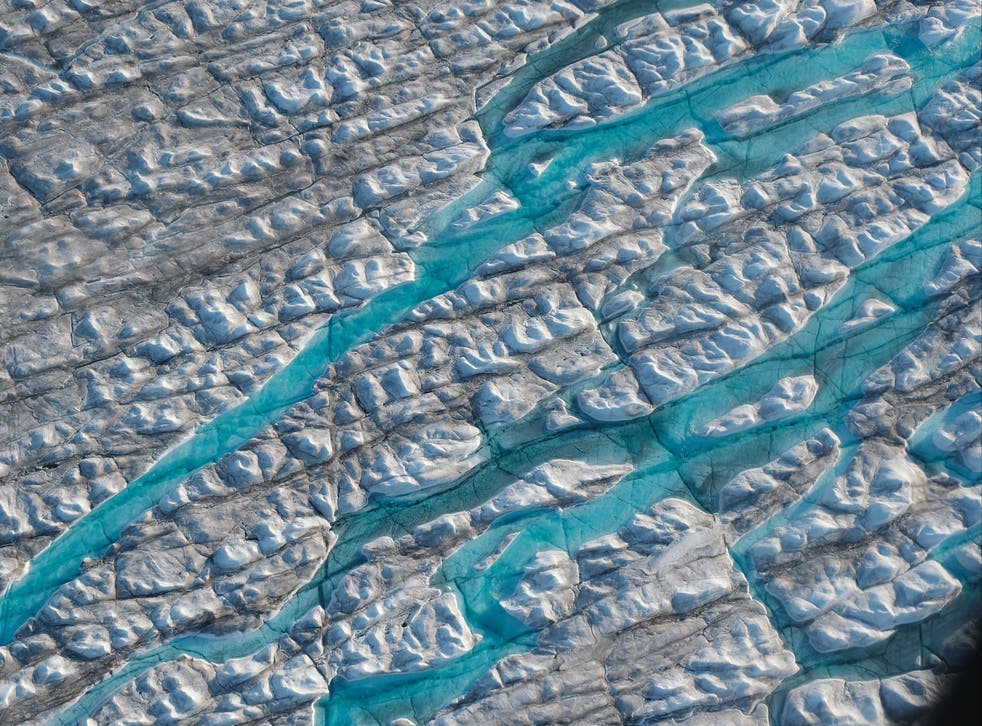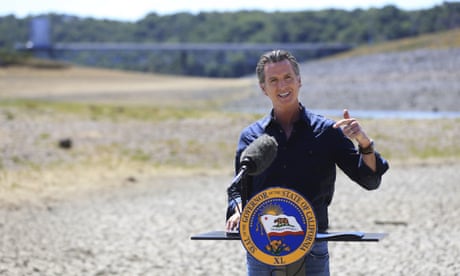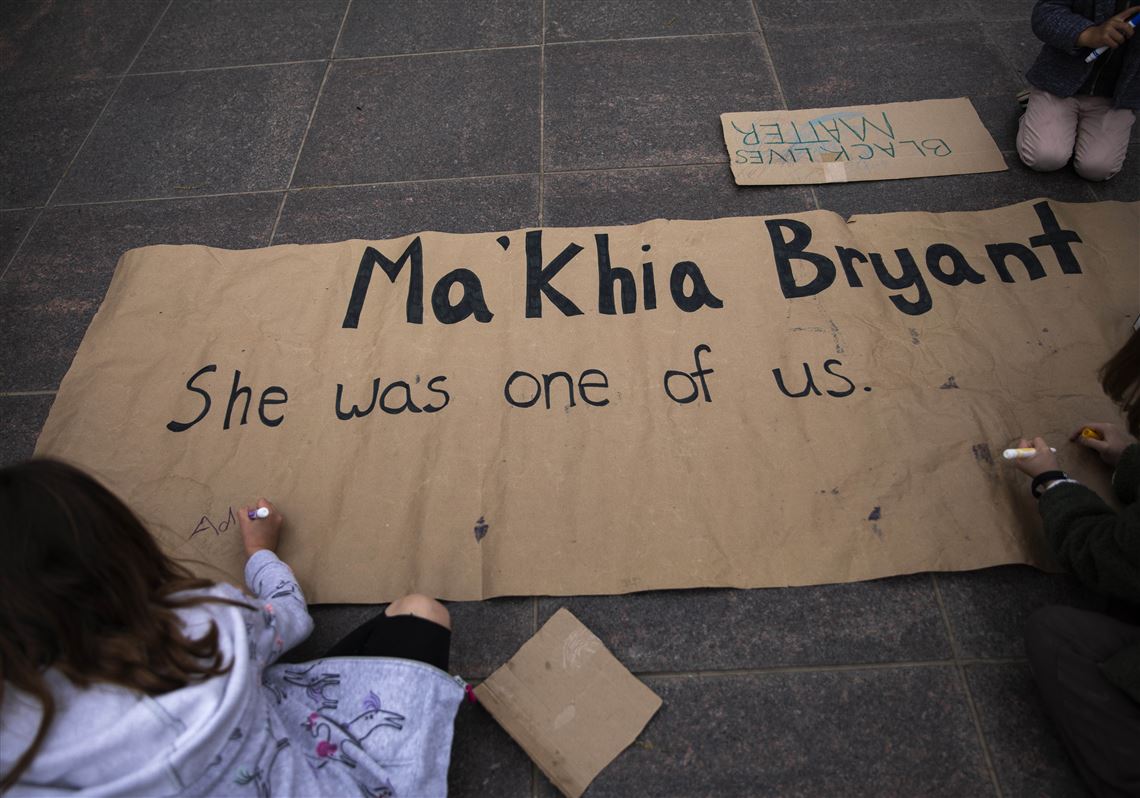Russia’s northernmost military base is bristling with missiles and radar
Moscow has sought to assert its influence over wide areas of the Arctic
Associated Press
Published: 19 May, 2021
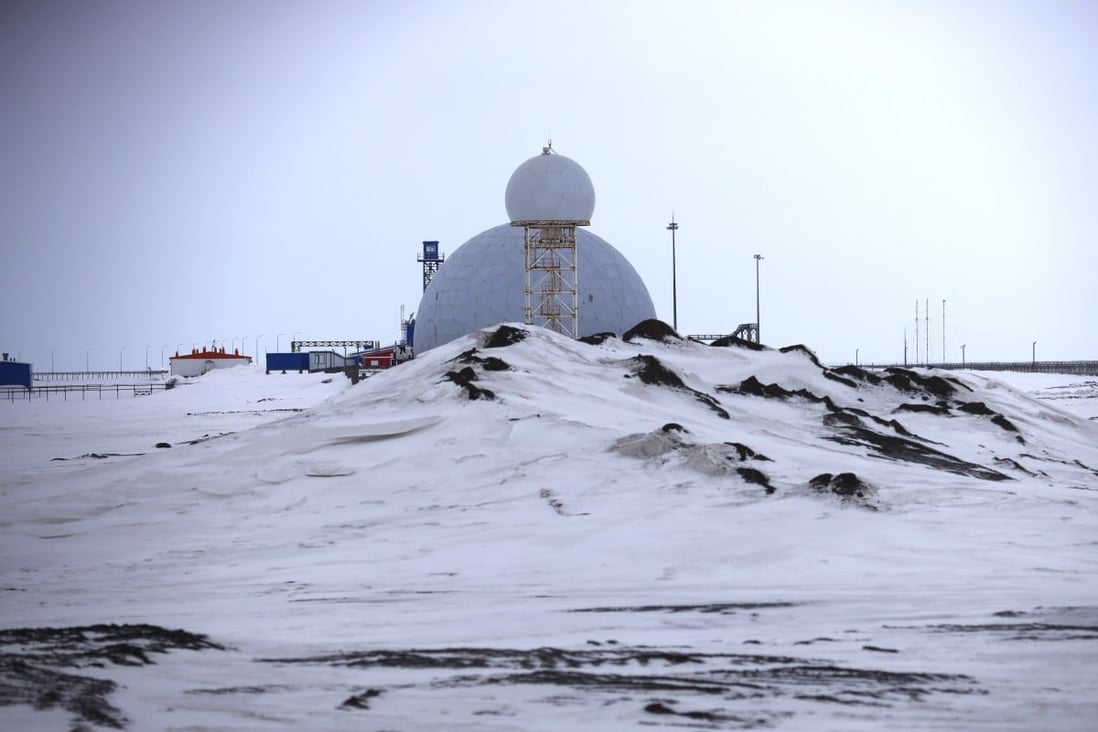
A radar facility on the Alexandra Land island near Nagurskoye, Russia. Photo: AP
During the Cold War, Russia’s Nagurskoye airbase was little more than a runway, a weather station and a communications outpost in the Franz Josef Land archipelago.
It was a remote and desolate home mostly for polar bears, where temperatures plunge in winter to minus-42 Celsius (43 degrees below zero Fahrenheit) and the snow only disappears from August to mid-September.
Now, Russia’s northernmost military base is bristling with missiles and radar and its extended runway can handle all types of aircraft, including nuclear-capable strategic bombers, projecting Moscow’s power and influence across the Arctic amid intensifying international competition for the region’s vast resources.
The shamrock-shaped facility – three large pods extending from a central atrium – is called the “Arctic Trefoil” and is painted in the white-red-and-blue of the national flag, brightening the otherwise stark vantage point on the 5,600km (3,470-mile) Northern Sea Route along Russia’s Arctic coast. Other buildings on the Island, which is called Alexandra Land, are used for radar and communications, a weather station, oil storage, hangars and construction facilities.
Russia has sought to assert its influence over wide areas of the Arctic in competition with the United States, Canada, Denmark and Norway as shrinking polar ice from the warming planet offers new opportunities for resources and shipping routes. China also has shown an increasing interest in the region, believed to hold up to one-fourth of the Earth’s undiscovered oil and gas.

Bastion anti-ship missile systems on the Alexandra Land island near Nagurskoye, Russia. Photo: AP
Russian PresidentVladimir Putin has cited estimates that put the value of Arctic mineral riches at US$30 trillion.
Tensions between Russia and the West will likely loom large over Thursday’s meeting of the Arctic nations’ foreign ministers in Reykjavik, Iceland, where Moscow is set to take a rotating chairmanship in the Arctic Council.
“We have concerns about some of the recent military activities in the Arctic,” US Secretary of State Antony Blinken said Tuesday after arriving in Iceland for talks with foreign ministers of the eight members of the Arctic Council. “That increases the dangers of accidents and miscalculations and undermines the shared goal of a peaceful and sustainable future for the region. So we have to be vigilant about that.”
A more accessible Arctic becomes proving ground for US-China jockeying
6 May 2021

The Russian base, which sits about 1,000km south of the geographic North Pole, was built using new construction technologies as part of Kremlin efforts to bolster the military amid spiralling tensions with the West following Russia’s 2014 annexation of Ukraine’s Crimean Peninsula.
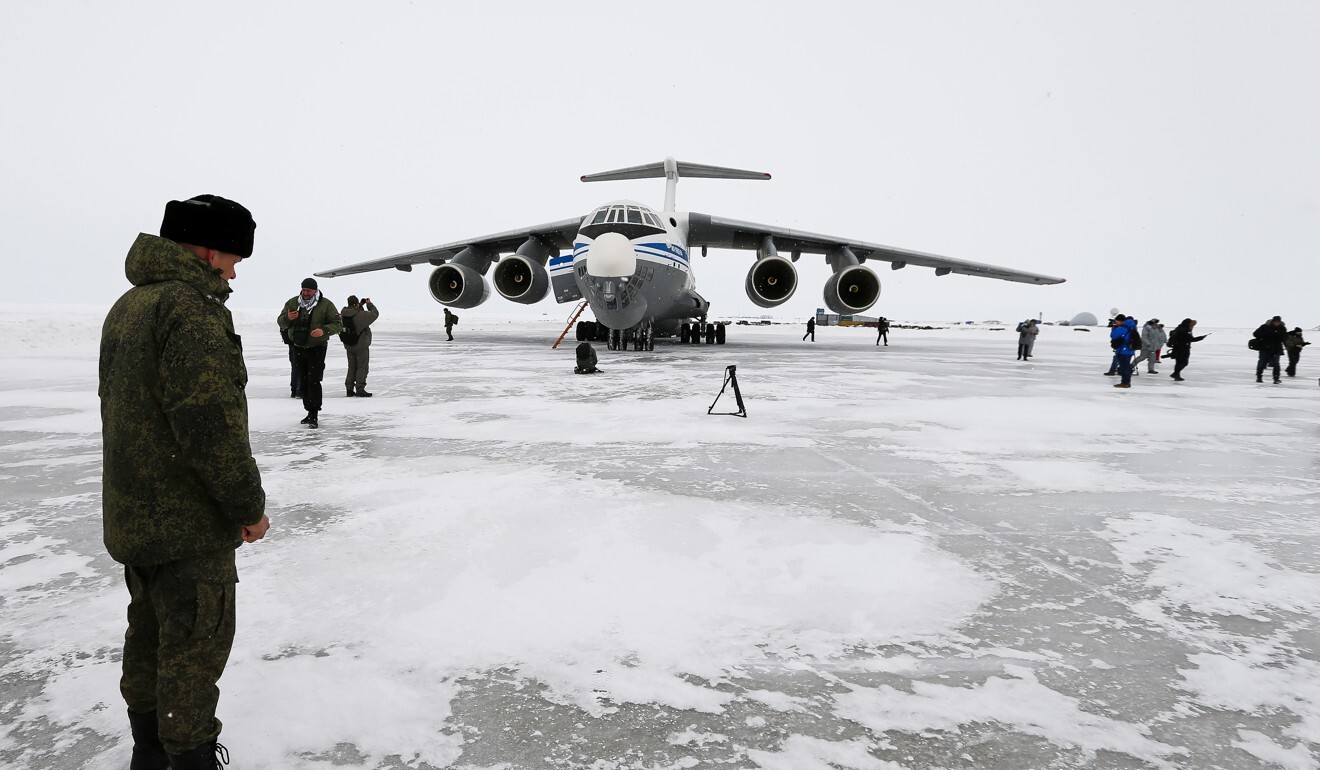
A Russian Il-76 military cargo plane on Alexandra Land island near Nagurskoye, Russia. Photo: AP
The following year, Russia submitted a revised bid for vast territories in the Arctic to the United Nations, claiming 1.2 million sq km of Arctic sea shelf, extending more than 650km from shore.
While the UN pondered that claim and those from other nations, Russia has said it sees the Northern Sea Route as its “historically developed national transport corridor,” requiring authorisation from Moscow for foreign vessels to navigate along it. The US has dismissed Russia’s claims of jurisdiction on parts of the route as illegitimate.
Moscow has declared its intention to introduce procedures for foreign ships and assign Russian pilots for guidance along the route, which runs from Norway to Alaska.
Denmark to spend more on strengthening Arctic defence
12 Feb 2021

As part of that effort, Russia has rebuilt and expanded facilities across the polar region, deploying surveillance and defensive assets. A base in the similar trefoil shape and patriotic colours to the one in Nagurskoye is on Kotelny Island, between the Laptev Sea and the East Siberian Sea on eastern end of the shipping route, also with missiles and radar.
Admiral Alexander Moiseyev, chief of Russia’s Northern Fleet, said last week that Moscow has the right to set navigation rules along the shipping lane.
“Practically the entire Northern Sea Route goes through Russia’s territorial waters or the country’s economic zone,” Moiseyev told reporters aboard the Peter the Great missile cruiser. “The complex ice conditions make it necessary to organise safe shipping, so Russia insists on a special regime of its use.”
Nato is increasingly worried about the growing Russian military footprint in the Arctic, and Washington sent B-1 bombers to Norway this year.
“Increased Russian presence, more Russian bases in the High North, has also triggered the need for more Nato presence, and we have increased our presence there with more naval capabilities, presence in the air, and not least, the importance of protecting transatlantic undersea cables transmitting a lot of data,” Nato Secretary-General Jens Stoltenberg said.
‘Arctic is dying’: grim warning after biggest North Pole mission
12 Oct 2020

Moiseyev fretted about the US military assets in Norway, saying it has led to an “increase of the conflict potential in the Arctic”.
The Russian Foreign Ministry last week fumed at a US nuclear submarine calling at a Norwegian port, saying it reflected what it described as “Oslo’s course for the militarisation of the Arctic”.
Since Putin visited the Nagurskoye base in 2017, it has been strengthened and expanded. It now houses a dedicated tactical group that operates electronic surveillance, air defence assets and a battery of Bastion anti-ship missile systems.
A runway has been extended to accommodate all types of aircraft, including Tu-95 nuclear-capable strategic bombers, said Major-General Igor Churkin, who oversees air force operations at the base.
